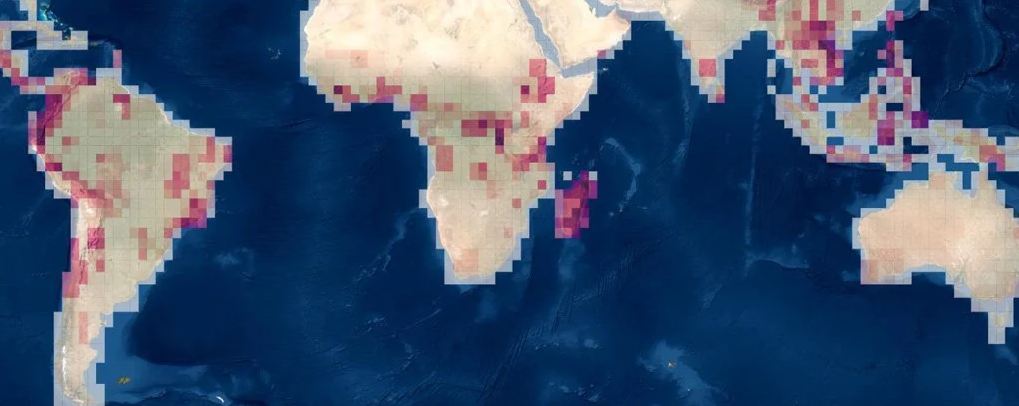New scientific work includes one of the most intriguing maps ever seen featuring the regions where undiscovered animals could be. In these times of crisis, a map of the unknown might be just what we need.
Such speculative cartography might also be our only chance to classify, document, and possibly save some species before they are permanently exposed to extinction.
Here is what you need to know.
A Map of Life to Save Earth’s Unknown Animals
The new scientific effort comes from ecologists Walter Jetz and Mario Moura. They developed a model deducting where unknown animals of terrestrial vertebrates could be now.Â
All the work is based on environmental, biological, and, of course, sociological factors linked to more than 30,000 terrestrial vertebrates already known.
Researchers from Yale University stated:
“Conservative estimates suggest only 13 to 18 % of all living species may be known at this point, although this number could be as low as 1.5 %.”
Findings
According to the team’s model, reptiles and amphibians represent almost all the unknown animals today. Colombia, Brazil, Madagascar, and Indonesia are also the regions with the most undiscovered vertebrate species. You can see the map below:

The tropical moist broadleaf forest environments might also cover approximately half of the unknown, which is genuinely intriguing.
Moura discussed the manner we tend to have when discovering new species. We usually find the “obvious” first and let the “obscure” be explored later or, in some case, never.
He said:
“We need more funding for taxonomists to find the remaining undiscovered species.”
To add, we need to do that quickly before climate change, pollution, and other factors affect the animals’ habitats.
Many researchers already explained that the so-called sixth mass extinctions is approaching. We might never get the chance to help unknown species if they lose their lives before discovering them.
We must raise awareness and support researchers. The first step is acknowledging.













Leave a Reply